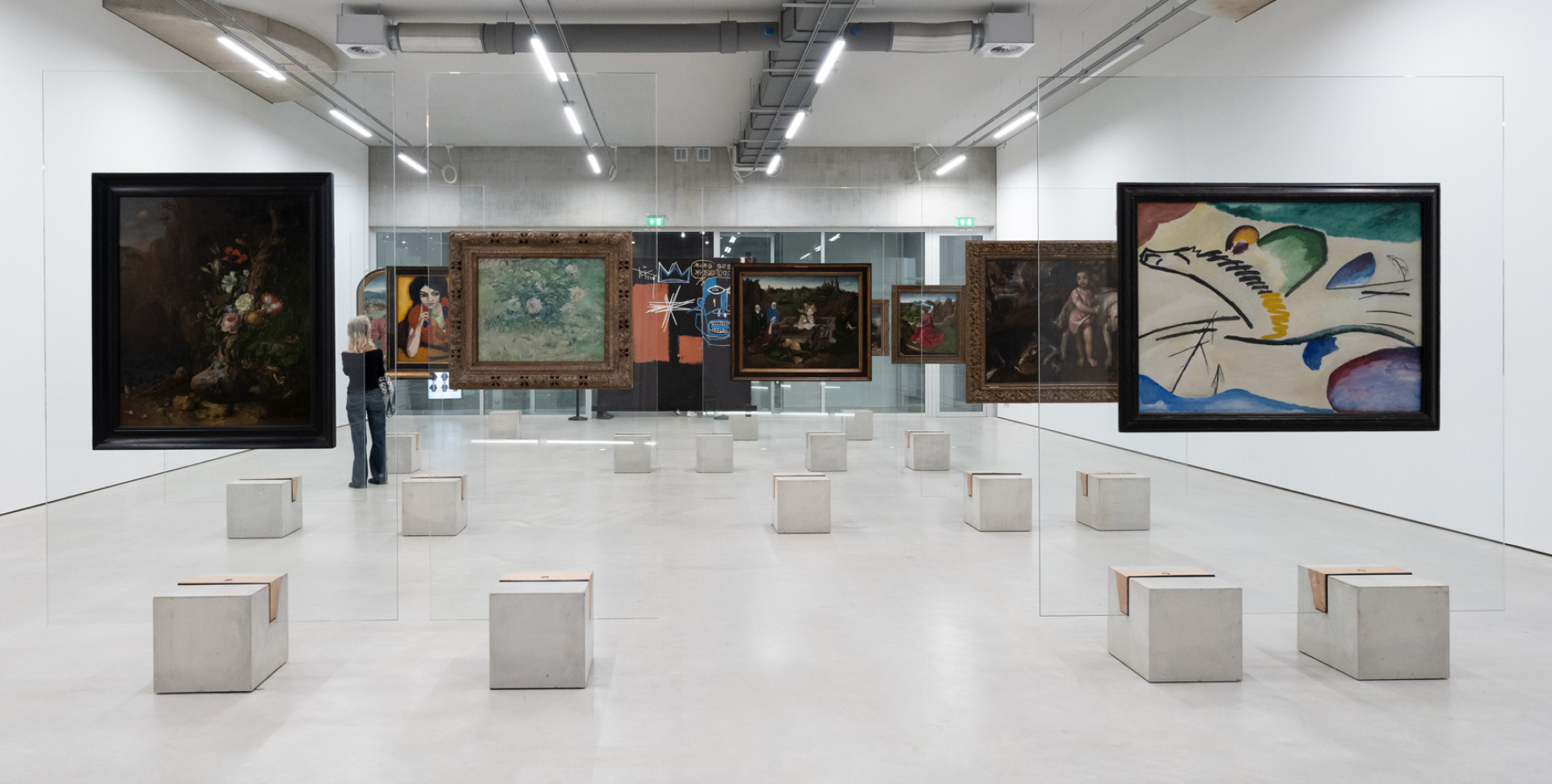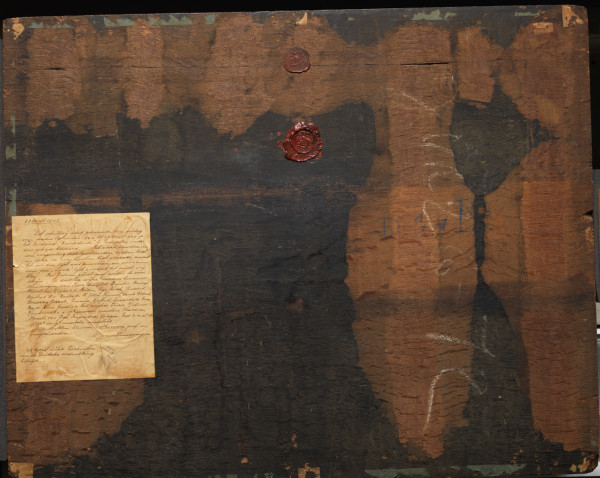Highlights from the Museum’s Collection









Donors, friends and guests with a privilege pass may book a single or multiple time slots here
Donors, friends and guests with a privilege pass may book a single or multiple time slots here
Would you also like to experience more Boijmans or give a friendship as a gift? Join as a Friend and get invited for the annual Museumpark Vriendendag. Will we see you or your friend in the depot soon?

A display of highlights from the museum’s collection is now on view in the Depot. Depot Boijmans Van Beuningen is a working building. On entering the space, visitors see the backsides of paintings that show the provenance of the art works and methods of framing
In this exhibition we are working for the first time with ‘glass easels’, a presentation device designed by the Italian-Brazilian architect Lina Bo Bardi (Rome 1914 – São Paulo 1992). She designed the glass easels for the new building of the Museu de Arte de São Paulo (1968). By showing that paintings are handmade objects with a back as well as a front, it was her way of stripping paintings of their ‘sacred’ character.
Instead of being hung on the wall, the paintings are displayed on free-standing easels. The transparent glass enables visitors to see the backs of the paintings, which provide information about their materials, techniques and provenance.

The back of a painting can tell us a lot about how it was made. We can see whether it has been painted on a wooden panel or on a linen canvas. In many cases, the back reveals information about the painting’s restoration. A thin panel may be reinforced with slats or a painting on linen may have been mounted onto a new canvas. Sometimes minor repairs are also visible.
On the back of almost every painting we see inscriptions, numbers and labels or seals made from red wax. These identify the painting’s previous owners. And the many stickers from other museums tell us which exhibitions the painting has been featured in. The back of ‘The Three Marys at the Tomb', for example, has a letter attached written by D.G. van Beuningen, the previous owner of this painting. This letter states that during World War II this painting was buried at his estate inside a zinc chest.
In the exhibition we are showing a small selection of highlights from the paintings collection. As a visitor you can also choose your own masterpiece and project it onto a glass easel in the exhibition. We are curious about the public’s choices.
The opening of the depot has made a new concept a reality: every museum has a storage facility, but only at Depot Boijmans Van Beuningen is the storage open to the public. Here you see the works of art as one small part of a huge collection. It is a working building, where artworks are cleaned, conserved, restored, packed, unpacked, transported, etc.
The artworks are hung on racks or stored on pallets, on shelves, in boxes or cases. Each work awaits its turn to be exhibited in Museum Boijmans Van Beuningen or in another museum somewhere in the world. Some works are exhibited very often, while others are rarely seen and remain in storage.
The collection is public property, and the museum’s staff work for and with the public. The depot shows how the artworks are preserved for the future. But it also explores their past. How did the collection originate? Who are the private collectors who donated their precious collections to the City of Rotterdam? How is the collection being expanded?

Wassily Kandinsky, Lyrical, 1911, collection Museum Boijmans Van Beuningen, Rotterdam. From the estate of M. Tak van Poortvliet 1936 / Creditline photographer: Studio Tromp
